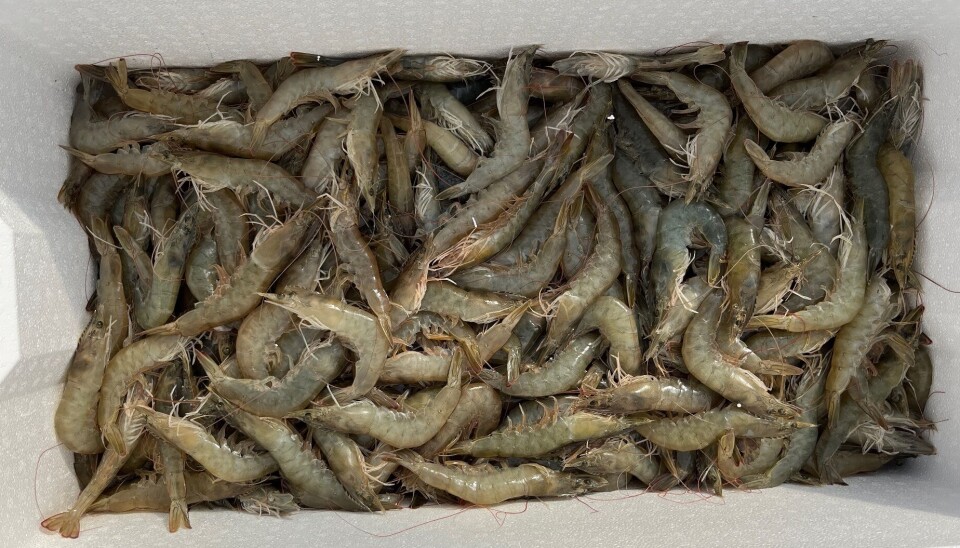
Dissolved gas infusion can be ‘huge benefit’ for aquaculture
An innovative gas-infusion technology has demonstrated multiple potential benefits for aquaculture applications during collaborative trials in the United States, according to its developer.
Shrimp farm technology provider Royal Caridea, LLC has worked closely with engineering technology company Fuel Tech Inc., on a trial to determine the effects of growing Pacific whiteleg shrimp (Litopenaeus Vannamei) in a raceway system using Fuel Tech’s patented gas infusion system.
The comparative trial took place in back-to-back three-month growth cycles in a raceway with high species stocking and low-salinity water at Royal Caridea’s aquaculture farm in Arizona, Fuel Tech said in a press release.
The initial stocking was approximately
21,000 post-larvae shrimp in each case, with an estimated 25% loss on planting for an expected 15,750 live animals
on Day 1.
In the first trial, traditional bubble aeration via venturis was used to achieve about 7mg/L dissolved oxygen (DO) until the oxygen
demand could not be met. When the DO dropped dangerously low, approaching 2mg/L, partial
shrimp harvests were completed to help maintain acceptable dissolved oxygen concentrations. The farm staff
reported an increase in shrimp mortality
150% oxygen saturation
In the second growth cycle, Fuel Tech’s “DGI” (dissolved gas infusion) technology was used to provide DO concentrations at 150% of atmospheric saturation. Fuel Tech said this successfully unlocked the potential for more shrimp to reach maturity within the raceway, along with likely health improvements for the shrimp.
The company said excellent survival and growth was achieved during the DGI trial. A mean weight of 42g per shrimp was reached in about 100 days. The growth curves for individual shrimps showed no significant change from the trial when selective early harvesting was necessary to manage the high biomass loading.
The DGI trial also revealed no evidence of trimethylamine odour, oxidation, excessively fast metabolism, osmotic shock, or gas bubble disease. Fuel Tech said this suggests that maintaining DO levels above saturation in low-salinity water, without the presence of bubbles, increases the yield while minimising any detrimental effects of high oxygen levels.
The results of the trials are contained in a white paper that will be presented by Fuel Tech senior technology development director John M Boyle at Aquaculture America on February 21 in San Antonio, Texas. Co-author Maurice Kemp, president of Royal Caridea, is also planning to attend.
Bill Decker, vice president of water and wastewater treatment technologies at Fuel Tech, said: “The trials in collaboration with Royal Caridea show huge benefits in deploying DGI for oxygen injection in aquaculture applications.”























































